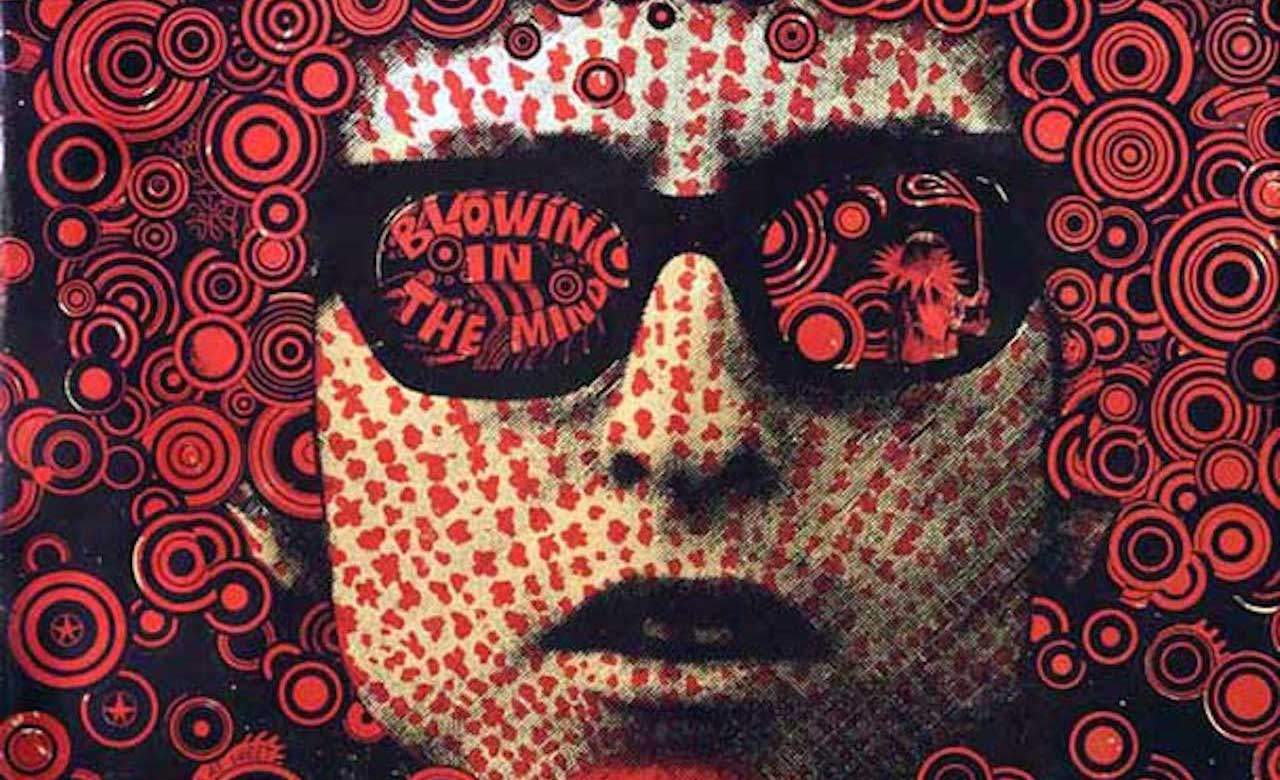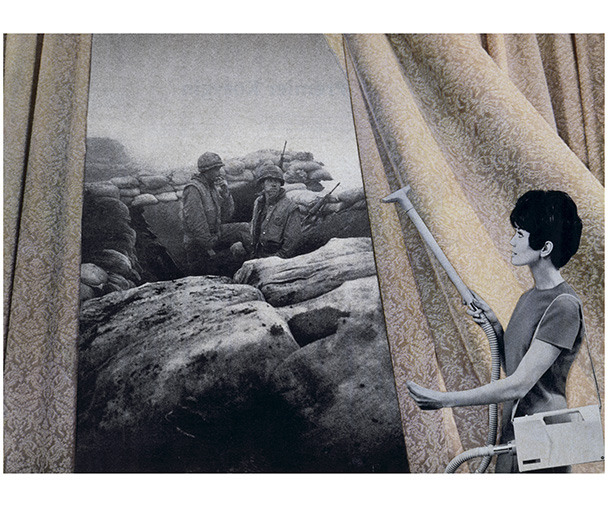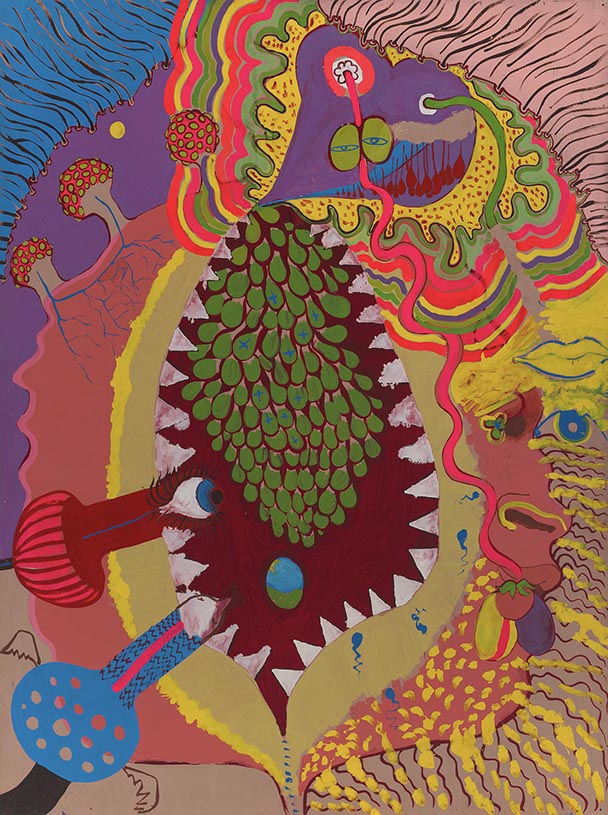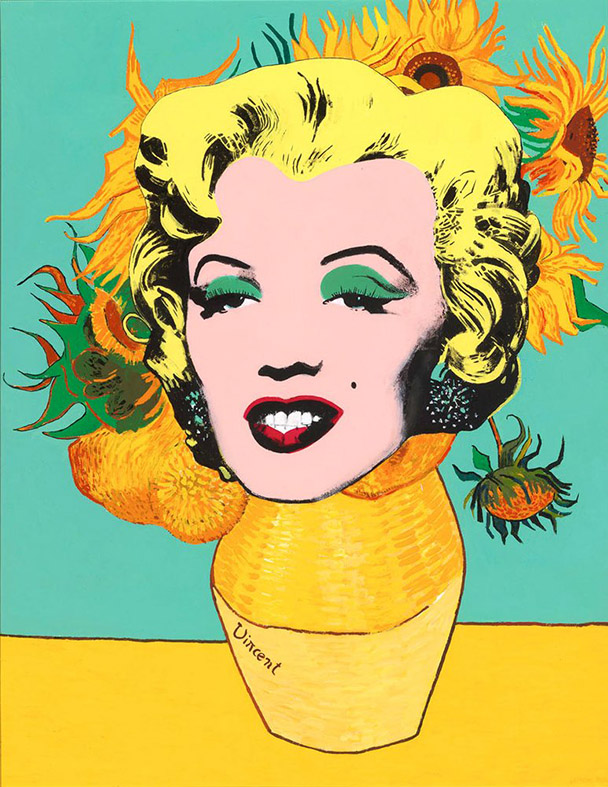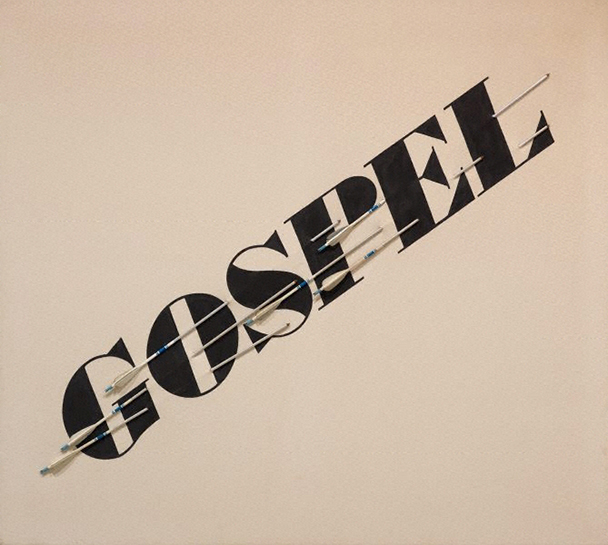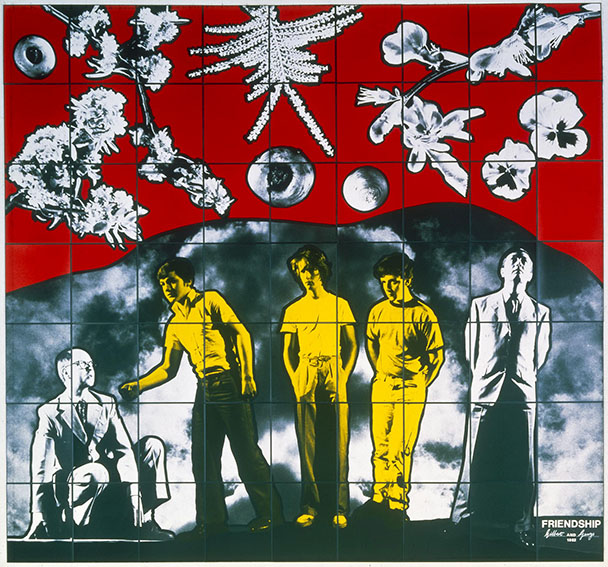Seven Pop Artists Who Should Be As Famous As Warhol
After ticking off the big names at Sydney's Pop to Popism, make sure you spend some time with these local and lesser-known artists.
It’s a truly eye-popping spread of international art stars at the AGNSW’s summer blockbuster, Pop to Popism. Much of it will be familiar; you’ll see Warhol’s famous Marilyn series and Lichtenstein’s In the Car. But beyond the colourful brushstrokes of American artists picking apart consumer culture, you're bound to stumble across a few local and lesser known artists who were nowhere near the New York hotbed of creative activity. Though you might not find their works stamped on pencil cases and postcards in the gift shop, here’s a list of underrated artists you ought not to skip over.
![]()
Alain Jacquet: Pop and the Dot
Roy Lichtenstein spoke about breaking an image down into tiny abstract elements. But unlike his clean lines of handpainted dots, Alain Jacquet developed a more textured technique by allowing different coloured dots to bleed into each other. This French artist was part of a mini-movement at the tail-end of Pop Art. Like their American cousins, the European artists of the school of New Realism were interested in using the materials of everyday life and avoiding the traps of figurative painting. Jacquet’s reworking of Manet’s canonical Luncheon on the Grass deserves to be appreciated up close. Like a hazy summer dream, there is a real sense of warmth and vitality to his work.
![]()
Annandale Imitation Realists: Pop and Protest
In 1960s Sydney, the beginnings of a local Pop Art scene might be attributed to the Annandale Imitation Realists, a group describing themselves as a 'spoof art organisation'. Mike Brown, Colin Lancely and Tony Tuckson produced eclectic mixed media assemblages, drawing from a range of different sources. Breaking through the conservatism of public life, these edgy inner-westies were passionate crusaders for free expression. In fact, Brown was the only Australian artist to be successfully prosecuted for obscenity. While Warhol and Lichtenstein imitate the aesthetic of advertising, this group revelled in nonsensical statements, visceral messiness, and a disregard for authority. They represent an exotic and exuberant counterpoint to the Pop Art that was unfolding across the Pacific.
![]()
Martha Rosler: Pop and Activism
An overlooked figure in the male dominated world of pop art, Martha Rosler moves within the spectrum of social critique. Her incisive series House Beautiful: Bringing the War Home fuses together militancy and materialism. Using photomontage, she reconstructs advertisements aimed at housewives with scenes from the Vietnam War. It's a bizarre juxtaposition; the models are all smiles while soldiers and child casualties peep through windows. Like Richard Hamilton’s earlier and more famous collage, this is a satire of the modern home. But Rosler’s series feels a lot more pressing. She simultaneously tackles the outdated ideal of femininity and the ethics of a media saturated war.
![]()
Vivienne Binns: Pop and Feminism
With second wave feminism in full swing, Vivienne Binns shocked her Sydney audience by exhibiting paintings of vaginas in 1967. Becoming one of the first female artists to address sexuality, her intricate and brightly coloured works drew strong backlash. An abbreviation of vagina dentata, Vag Dens is one of the most significant paintings of this period. In terms of her style, it is as if Abstract Expressionism has entered the realm of '70s psychedelia and become infused with sexual empowerment. Still active today, Binns has a reputation as one of the most radical women on the Australian art scene.
![]()
Martin Sharp and Tim Lewis: Pop and Deconstruction
While you’re sure to see Martin Sharp’s shiny psychedelic posters of Bob Dylan and other famous faces, his collaborative works with Tim Lewis represent the point at which Pop Art began to turn in on itself. During the dying days of this global phenomenon, the Aussie duo was preoccupied with appropriating the big personalities of the movement. It's interesting to see the cartoonish and the cult of celebrity paired with aesthetic purists, like Mondrian, and tortured geniuses, like Van Gogh. Imposing the new faces of postmodernism onto the masters of modernism, they created playful works that prematurely historicise Pop Art with the kind of wry humour it probably deserves.
![]()
Edward Ruscha: Pop and Language
A mighty artist in his own right, Edward Ruscha is more of an associate than a proponent of Pop Art. Of course, one of the rivers running through this art movement is text: whether it be the onomatopoeic sound effects of Roy Lichtenstein, the capitalist slogans of Barbara Kruger, or the self-aware ramblings of Mike Brown. Though Ruscha's training was similarly grounded in commercial art, his word paintings are more visceral and experimental than his colleagues. For instance, he has been known to use odd materials like gunpowder and red wine in his work. Fascinated by "the raw power of things that made no sense," he combines the spoken sounds of language with the written word to create a kind of visual noise.
![]()
Gilbert and George: Pop and Performance
Although these cheeky Londoners have long been part of the Kaldor collection, it's interesting to see Gilbert and George reframed as a part of Pop to Popism. Beginning their career with a series of performances, they insisted that art is everything the artist does. By repeating the same set of activities every day, they turned their lives into a perpetual performance. Their later photo-based works have a strong graphic quality. Full of "words and turds", these brightly coloured self-portraits are highly stylised reflections of modern life. At the tail-end of the exhibition, it's hard not to love this pair of conservative rebels with their mix of English propriety and bodily glee. They might be thought of as the contemporary caretakers of Pop Art.
![]()
Images: Martin Sharp, Alain Jacquet, Mike Brown, Martha Rosler, Vivienne Binns, Martin Sharp and Tim Lewis, Edward Ruscha, and Gilbert and George.
